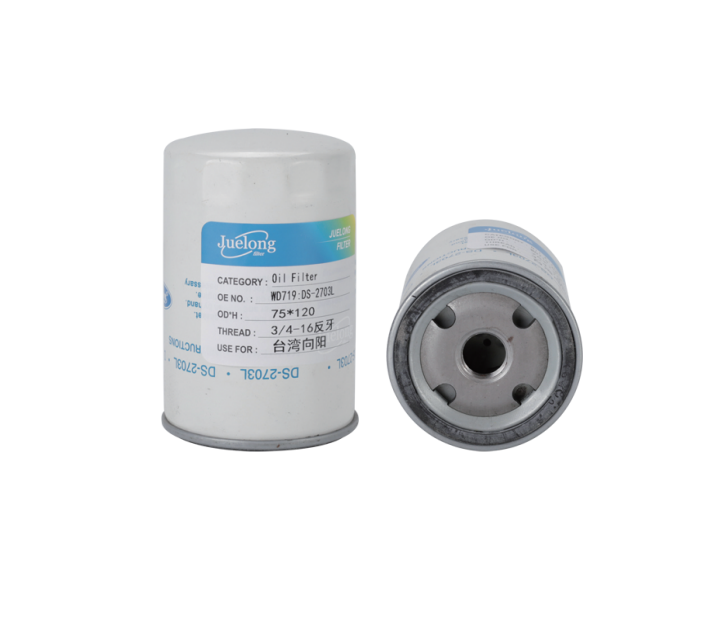How To Choose Right Kubota Hydraulic Filter
February 16,2022
kubota l3301 hydraulic filter,kubota m7040 hydraulic filter,kubota l3010 hydraulic filter
The filter is very important to keep the hydraulic system clean and prolong the service life of the hydraulic system. How to choose the appropriate hydraulic filter?
Each machine and component in a hydraulic system has its own set of requirements, each of which will affect each other and of course the choice of filter. To determine the filter size and choose the right filter for Kubota, you must know the following five key pieces of information.

Performance Requirements Of Hydraulic Filter
Filter performance requirements are usually expressed by the overworry ratio β, which is the ratio of particles entering the filter to particles exiting the filter.
Today's hydraulic filters are designed with media that capture and hold more pollution particles than ever before, resulting in lower pressure drops and longer service life. For example, applications that require high-performance components typically have a worry ratio β of more than 1000 (that is, 1000 particles enter the filter and only one particle passes through).
The Hydraulic System
After determining the performance requirements of the filter, we need to identify the hydraulic components that are installed in the hydraulic system loop. These hydraulic components need to have standard filter types according to industry standards. This standard promotes ISO cleanliness code requirements to help determine the correct type of filter element.
For example, a proportional valve in a loop may require a 20/18/15 ISO cleanliness code. To meet the standards set by the ISO code, the circuit requires a filter with either a 3 µm or 6 µm absolute filter.
The Oil Viscosity
Oil viscosity has a great influence on filter size. When choosing a filter, many people tend to ignore this factor and choose a larger filter than they actually need, resulting in higher operating costs.
Filter size is too small and pressure drop is too high, resulting in premature trip of the plug indicator.
Filter size is too large, it will lead to high cost, large footprint, high replacement costs. Filters should be selected according to the exact minimum temperature after fully understanding the normal temperature range of the hydraulic system.
Know The Plug Indicator
Assuming that the system's filter has a clogging indicator (analog or digital), the user should have an appropriate target for pressure drop when selecting filter size.
Usually, the differential pressure of the plug indicator ranges from 1 to 8 bar, and the ratio of the plug indicator setting to the clean pressure drop is at least 3:1. For example, if the filter has a 5 bar clogging indicator, the maximum acceptable cleaning pressure drop target is about 1.7 bar based on a 3:1 ratio.
Without understanding this principle, we may incorrectly choose the size of the filter. Although too large a filter can ensure the highest amount of protection, it can increase the cost.
Know The Flow
When selecting the size of the filter, we must consider the flow rate. We need to consider the maximum flow rate.
Note that intermittent flow may exceed the maximum flow of the pump. For example, in an accumulator loop, where the accumulator stores a certain amount of pressurized fluid and releases it into the system to supplement the pump flow, the flow through a pressure filter connected downstream of the accumulator should take this additional flow into account.
Underestimating the flow through the filter increases the pressure drop through the filter element and increases operating and maintenance costs.
After reading this passage, do you know how to select a hydraulic filter?if you’re looking for filters for kubota l3301 hydraulic filter,kubota m7040 hydraulic filter,kubota l3010 hydraulic filter, you can find them in Juelong Auto Parts Co., Ltd.
For more information to place orders, visit our page or call us on +86-18815158777.